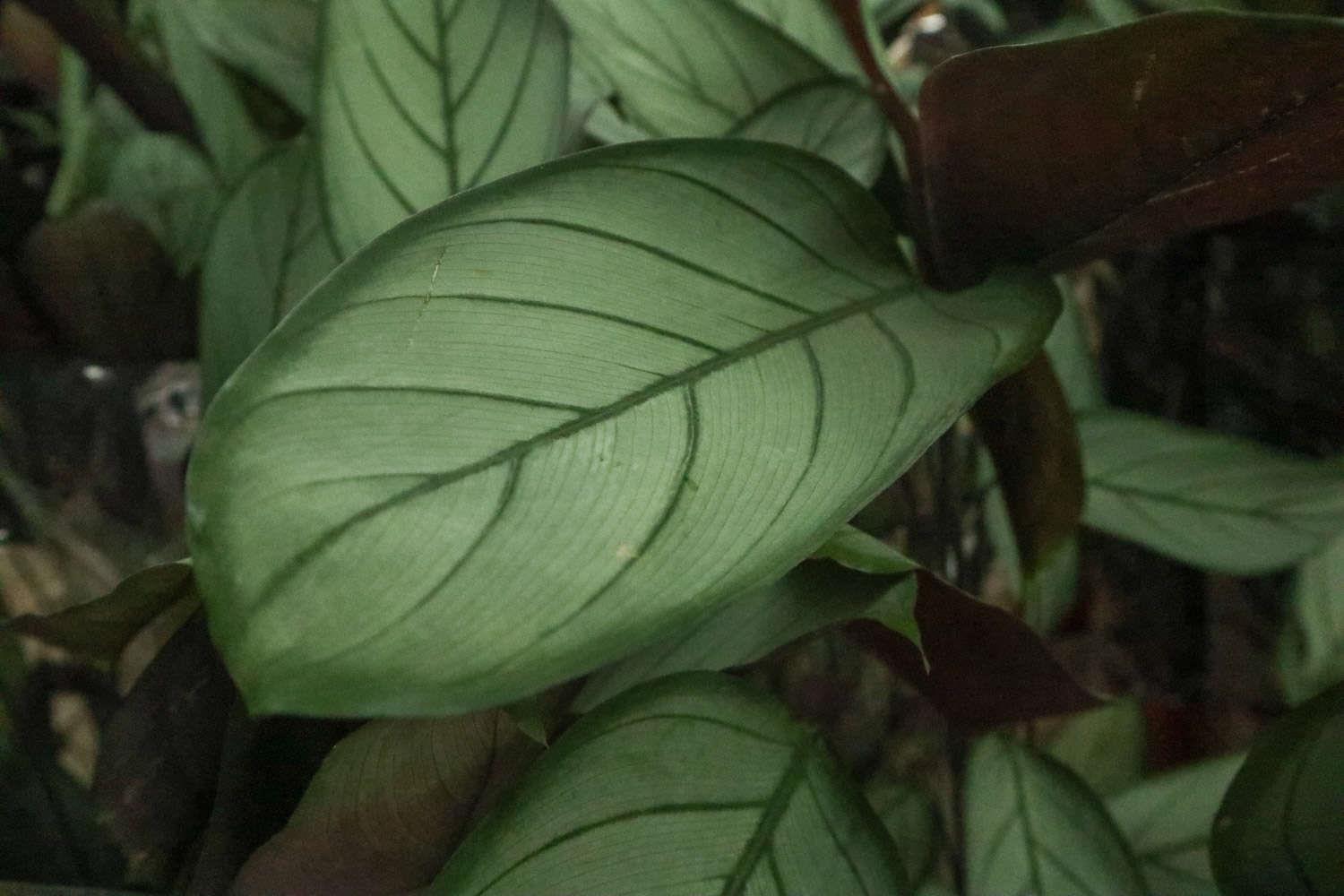How to breed Feather Arrowroot
Last Update :2024.05.03
Article Catalog
3. Problem diagnosis and treatment
Calathea caladium is a plant of the Arrowroot family, mainly distributed in South America and some tropical rainforest areas. Its leaves are shaped like feathers, hence its name. And it will expand during the day and close at night, which is very strange. As a good foliage plant, it is very popular and can be grown indoors or in the courtyard.

1. Maintenance methods
1. Maintenance methods
1. Temperature: Arrowroot has very high temperature requirements because it is neither resistant to high temperatures nor afraid of cold. Therefore, it would be better if it can be between 15 and 28 degrees. In summer, ventilation and other methods are needed to cool down. In winter, they need to be moved indoors.
2. Light: Arrowroot prefers semi-shade. If there is too much sunlight around, it will burn its leaves. However, do not place it in a too dark place, otherwise its leaves will become thinner and the color will appear dull. Therefore, varying degrees of shading are required from spring to autumn. In winter, there is generally no need to shade, just place it in a sunny location.

3. Watering: it It likes moisture. During the growth period, that is, from spring to autumn, the substrate must be kept moist. In summer, additional spraying of water is required. In winter, you have to control the water.
4. Fertilizer: Only fertilize in spring and autumn. Generally speaking, once a month can meet the requirements, and liquid fertilizer with low concentration can be used. There is no need to apply it in winter or summer.

2. Breeding skills
h2>
1. Propagation: The commonly used method is division. It can be done in spring or autumn. Choose a large, healthy plant. Then, take it out of the pot, sort out the root system, remove excess soil, and divide it into two or three parts. After the wounds are dry, they can be planted separately. After planting, place it in a cooler place and wait for it to adapt to the environment and grow new roots.
2. Change the pot: Try to change the pot once a year, especially when the growth rate is relatively fast. If it grows larger, you need to replace the flower pot with a larger one. The substrate can be humus soil or sandy soil.

3. Problem diagnosis and treatment h2>
1. Diseases: Diseases occur more frequently in summer and autumn. The two most important diseases are leaf spot and rust. Carbendazim, Bordeaux, etc. can be used to prevent and control the disease. Timely spraying is required, usually once a week.
2. Pest pests: mainly "scale insects", "whiteflies", etc. After it appears, it is also necessary to spray pesticides in time, such as methotrexate and other chemicals.

IV. Other questions
h2>
1. Toxicity: It is non-toxic and can also absorb some harmful substances in the air.
2. Whether it can be raised at home: More suitable. It is a good foliage variety and also has the ability to purify.
2. Breeding skills
3. Problem diagnosis and treatment
4. Other issues
- END -
Time and method for repotting Clivia, and how to water after repotting

Repotting Clivia should be done in spring or autumn, when the climate is mild and ...
Cultivating methods and precautions for cherimoya

Temperature: When maintaining cherimoya, the temperature should be controlled at a...